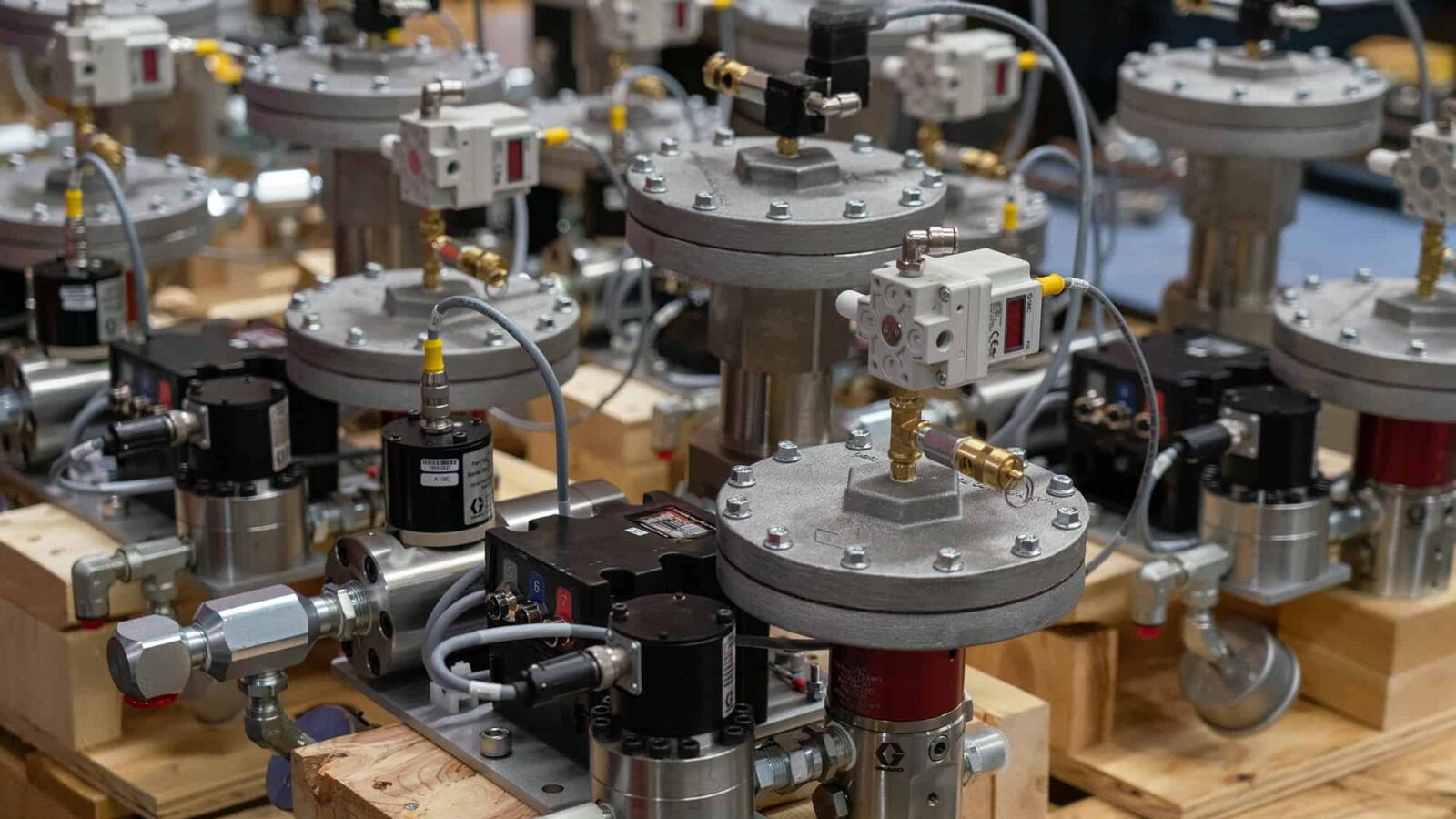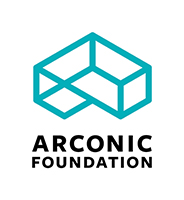
SOARING DEMAND: Meeting Talent Needs in the Aerospace Sector
Read the Entire Report
Access the ReportIntroduction
With global air travel at record levels, there is an expected demand for more than 35,000 new aircraft between 2013 and 2032 (1). This growth poses opportunities and threats for U.S. aerospace manufacturers to keep up with the innovation and expansion of the field.
The aerospace sector is also undergoing a rapid transformation based on unprecedented industry disruptors. These include the growth of green technologies that bring about increased fuel efficiency, composite manufacturing, automation, increased demand for wireless communications and avionics systems, and the need for improved cybersecurity. These trends are compounded by an ever-growing talent need because of retirements and attrition. Skills shortages exist and are expected to remain across the sector, from aerospace engineers to technicians and mechanics. The talent gap facing aerospace reflects a trend in the manufacturing sector at large, which is on track to see 2 million jobs go unfilled in the next decade (2).
As with other sub-sectors of manufacturing, the aerospace field is struggling to attract young people and retain existing workers. Companies are finding success through a grow-your-own approach to recruitment and training, and by partnering with schools, community-based organizations, and public agencies to build a pipeline.
This project leveraged partnerships in three areas with a strong concentration of aerospace manufacturers to identify and support pathways into aerospace careers. El Camino College in Southern California, Ivy Tech Community College in Indiana, and the Manufacturing Advocacy and Growth Network (MAGNET) in Northeast Ohio defined regional career pathways in aerospace and ensured these pathways align to the needs of industry. Over a period of 18 months, these partners have taken steps to understand the unique skill needs and market pressures of the aerospace industry.
Working with local industry leaders, each of the three regional partners undertook the following steps to begin resolving the skill gap in its region:
- Understanding skill needs of the industry through job profiling and the creation of competency lists.
- Mapping education to skill needs by updating curriculum to align with industry recognized credentials and developing short-term certificates that provide training in the precise skills industry demands.
- Guiding policy changes to support the changing landscape of aerospace careers by encouraging policy makers to recognize certifications and credentialing, and revisiting the ways organizations and institutions measure completion.
- Pricewaterhouse Coopers (PwC), 2013, “Aviation’s second golden age: Can the US aircraft industry maintain leadership?
- Deloitte and The Manufacturing Institute, “The Skills Gap in US Manufacturing 2015 and Beyond”
MI Research Partners


Download the Entire Report